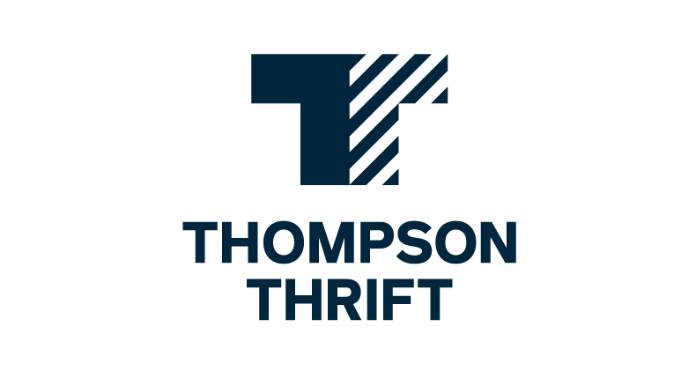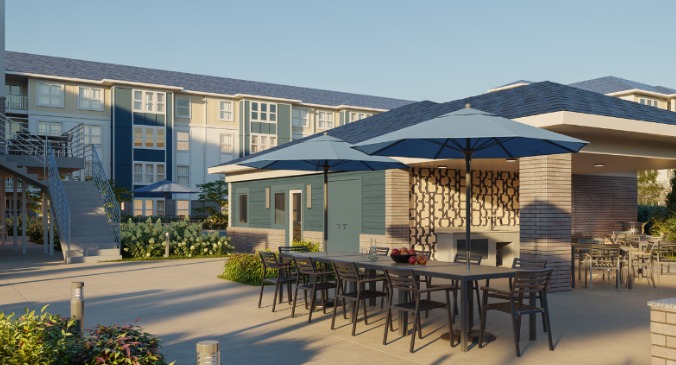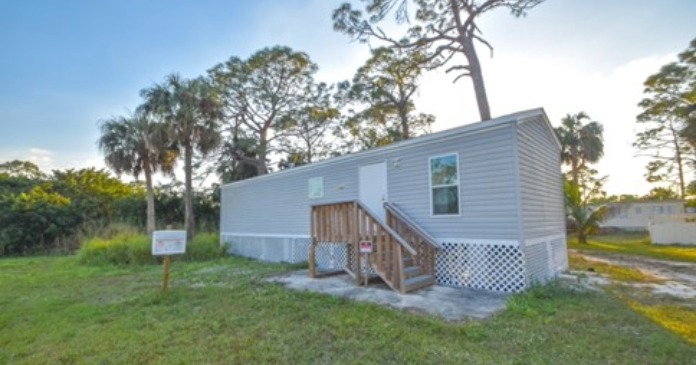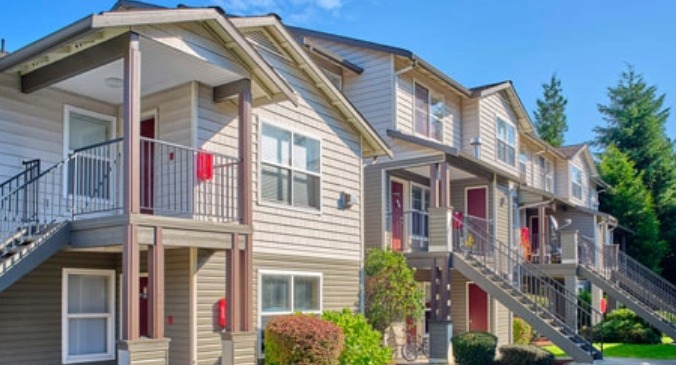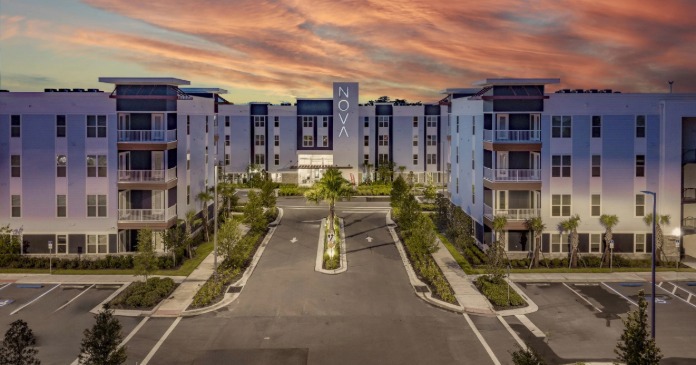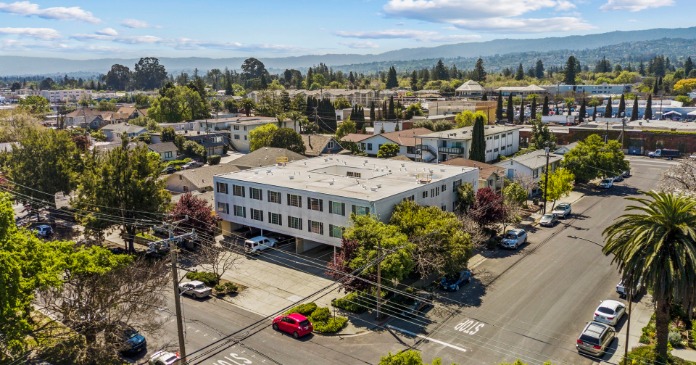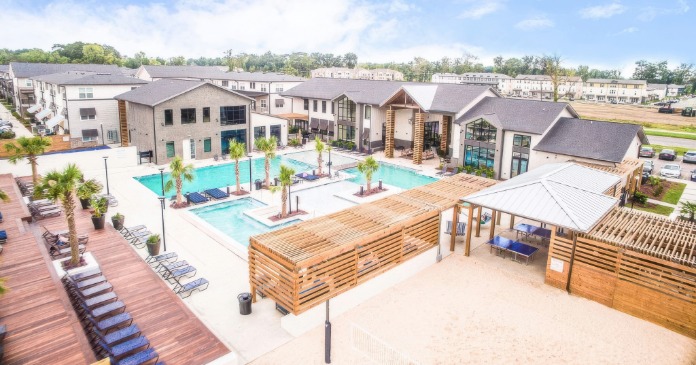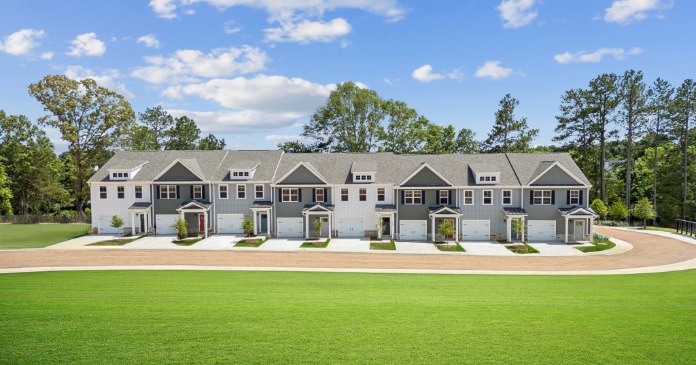For decades, when we thought of “rental housing,” our minds went straight to apartment complexes. Towering buildings with dozens or even hundreds of units, managed by large corporations. But a quiet revolution has been brewing, and its impact is fundamentally reshaping the rental market. The rise of single-family rentals (SFR) is challenging the traditional dominance of multifamily properties, offering renters a different lifestyle and attracting a new class of investors.
The footprint of rental housing: A tale of two sectors
While multifamily properties still hold the majority share of the nation’s rental stock, the footprint of single-family rentals is substantial and growing. According to the U.S. Census Bureau, there were over fourteen million single-family rental households as of early 2025, which accounts for approximately one-third of all rental households in the U.S.
This trend has accelerated, particularly since the pandemic. The COVID-19 pandemic fueled a demand for more space, privacy, and outdoor areas, which single-family homes are uniquely positioned to provide. As high mortgage rates and home prices have priced many would-be buyers out of the market, they’ve turned to renting, but with a desire for the “home” experience. Additionally, lags in home sales have created what the SFR industry refers to as “reluctant landlords” who have added a property they intended to sell to the rental stock. This has created a powerful tailwind for the SFR sector.
While a large portion of the single-family rental market is still owned by “mom-and-pop” landlords or those with just a few properties, institutional investors, such as Invitation Homes, Progress Rentals and American Homes 4 Rent, have entered the space in a major way. These large operators are driving the professionalization of the SFR sector, often acquiring thousands of homes, and managing them with the same scale and efficiency as their multifamily counterparts.
The large attendance at the recent IMN’s SFR Property Management and Operations Conference validated the perceived growth of this sector. As operators and suppliers discussed the challenges of market pressures on rents, how to manage turnover of homes (a process that is very home specific) and how to use technology for efficiency without eroding their customer service experience, some key takeaways were given.
Expansion of technology in SFR management
Key technologies used by large SFR companies include:
- Smart home technology: To streamline the leasing process and enhance the tenant experience, SFR operators are installing smart locks, and thermostats. This allows for self-guided tours for prospective renters, remote management of utilities, and real-time monitoring of properties. The self-guided tour is particularly advantageous for the operators who would previously need to deploy staff for rental tours. What differs from multifamily in this arena is that SFR operators do not tend to market these features as sustainable and there is a perception that the renter demand doesn’t have the same focus on sustainability that is being seen in multifamily.
- Virtual tours and marketing: There is an emerging trend to use virtual reality (VR) and 3D tours to give potential tenants an immersive look at a home without requiring a physical visit. This is predominately used by the larger operators and is not prevalent for the “mom and pop” and smaller management operators.
- AI and data analytics: Although data analytics are being used to understand market rents and pricing, AI is not being deployed as a resource for residents or as a resource for the vendors who serve the managers. An example shared in one of the panels was that of the use of AI to provide guidance to a painter as to what colors they could select from for a specific home.
Despite the discussion around technology, for single-family rentals as for multifamily, the overall focus is on the resident experience and the relationship between the management company and the renter. As in multifamily, this is critical to achieving renewals. These are especially valued in SFR where the hope is for long-term tenancy with some occupants staying for five years or more. Relationships are key.
The landscape of rental housing is no longer a one-size-fits-all market. As the single-family rental sector matures and institutional players continue to expand their portfolios, it will be fascinating to watch how the footprint of rental housing evolves, catering to the diverse needs and preferences of a changing population.






